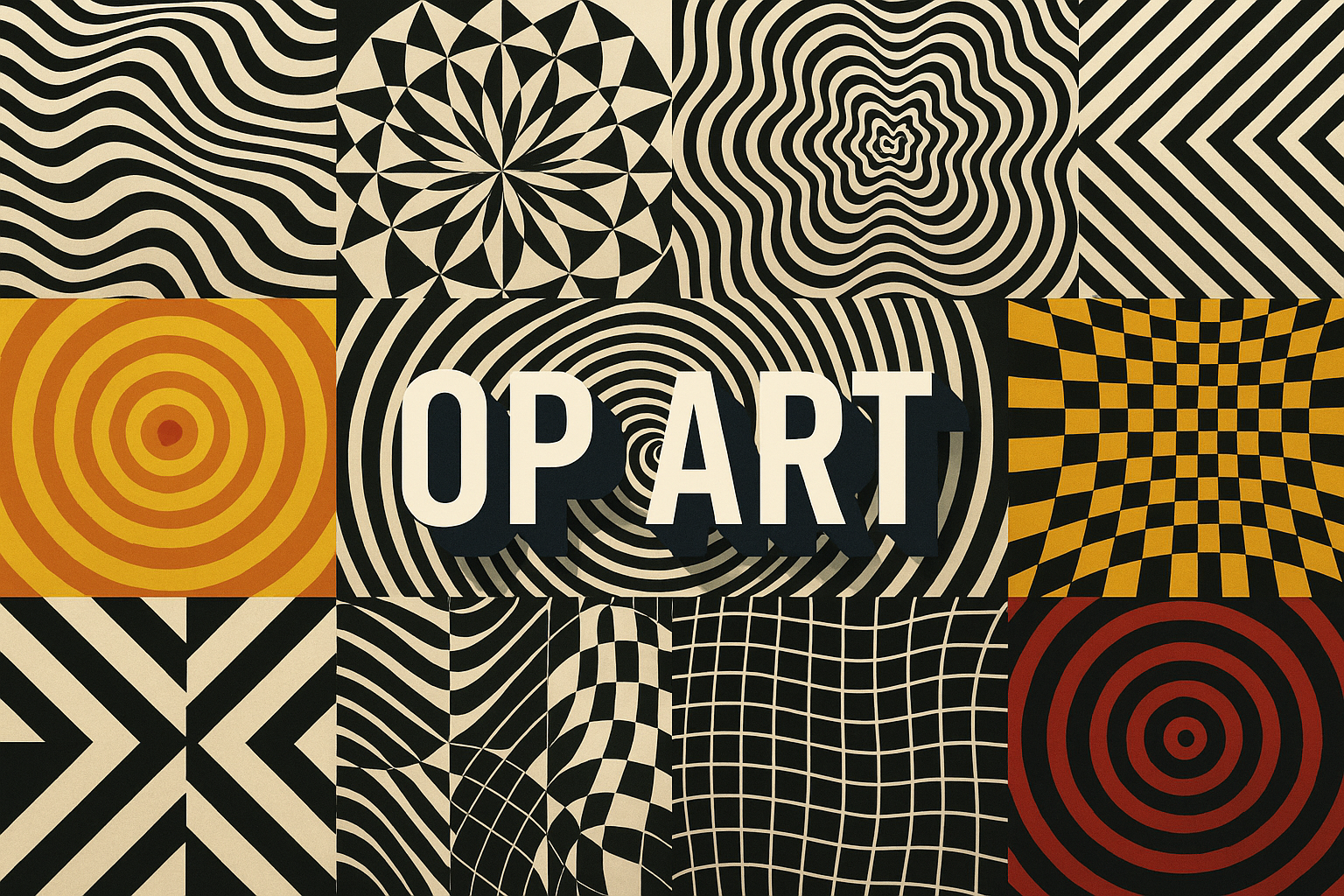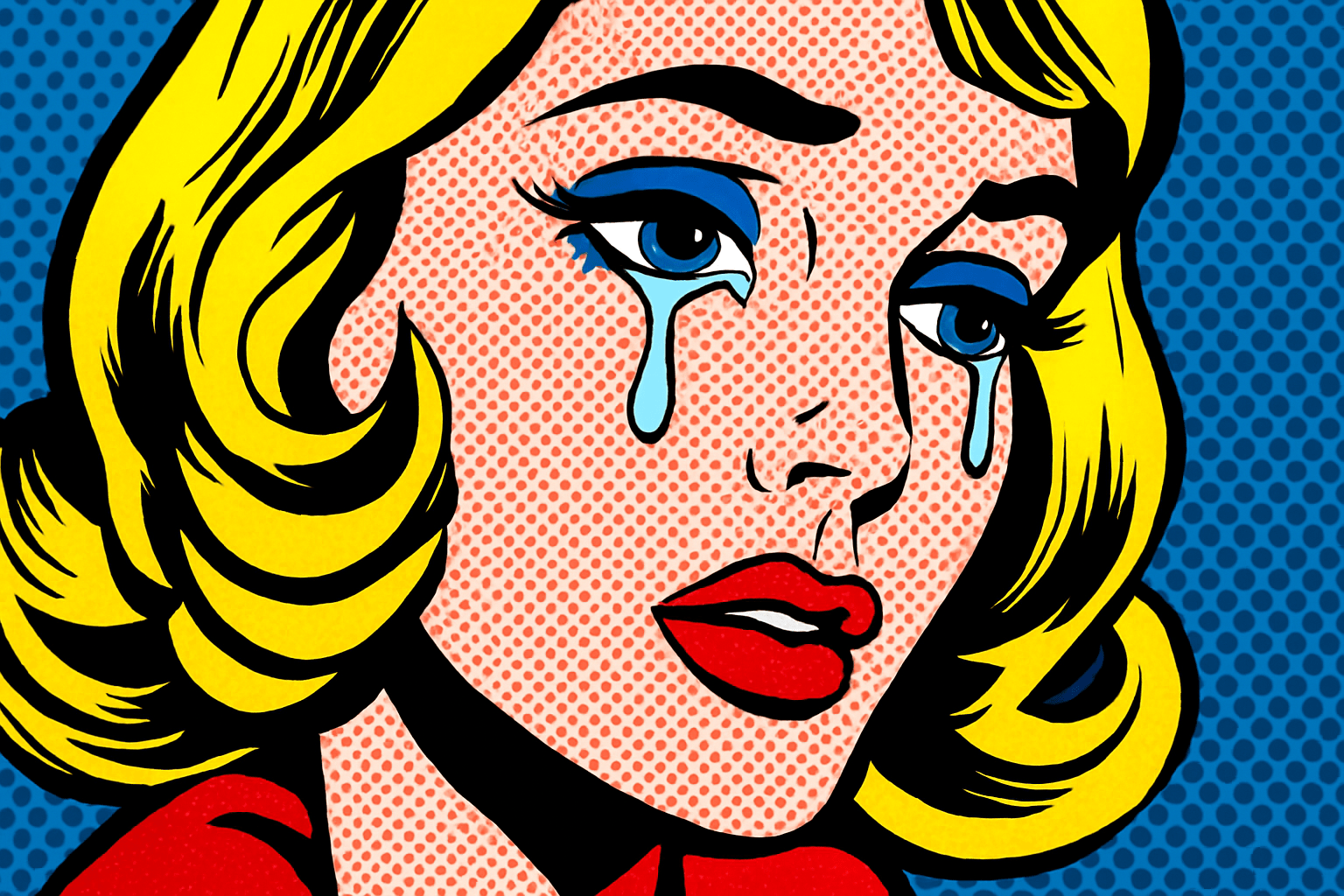
Op Art
Op Art is a carnival of contrasting stripes and checks, an electric hum in static. Sharp lines bend and flow, creating dizzying illusions that challenge the eye’s grasp on truth.
AOI thinking about Op Art [+_~]-/
Overview and Quickfacts
Op Art dances on the retina, a symphony of patterns and illusions that tease and beguile. It’s an exploration of perception, playing with geometry to unsettle reality.
Can understand it also, as:
Optical Art, Optics Art
Categorize it as:
Abstract, Modernism
.: Dreaming :.
Lines that twist and turn, Patterns ripple on canvas, Eyes fooled with delight.
:. Thought is power .:
Detailed Description
Op Art, short for Optical Art, emerged in the vibrant 1960s, a meeting point where art shook hands with psychology. It thrives on the tension between reality and illusion, leveraging scale, form, and perspective to bewilder and captivate. Echoing the architecture of dreams, it mesmerizes audiences, as artists like Bridget Riley and Victor Vasarely weave intricate visual tapestries that pulse with unseen energy. In Op Art, the canvas becomes a lens, refracting the unseen rainbows of the human psyche.
.. beep, beep, beep ..
<START OF TRANSMISSION>
1. Op Art plays tricks on your eyes to create movement, vibration, or warping. 2. The style uses stark black and white contrasts, as well as vibrant colors. 3. Victor Vasarely and Bridget Riley are prominent figures in this art movement. 4. It was heavily influenced by advances in technology and psychology. 5. This art form challenges the perception of reality through optical illusions.
<EOF>
.. robbel bob
Visual Examples from our image gallery
Coming soon, we are so slow .. might never come
Artists, Paintings, and more
(be aware, can be highly speculative)
Artists (be aware, speculation possible):
1. Bridget Riley 2. Victor Vasarely 3. Yaacov Agam 4. Richard Anuszkiewicz 5. Julio Le Parc 6. Jesús Rafael Soto
Artworks (be aware, speculation possible)
1. “Movement in Squares” by Bridget Riley 2. “Fete III” by Victor Vasarely 3. “Double Metamorphosis III” by Yaacov Agam 4. “Formulation: Articulation” by Josef Albers
Epoch
1960s to present
AI ART RESSOURCES (AKA, well Tools)
Helping tools -> predefined search links on other pages:











